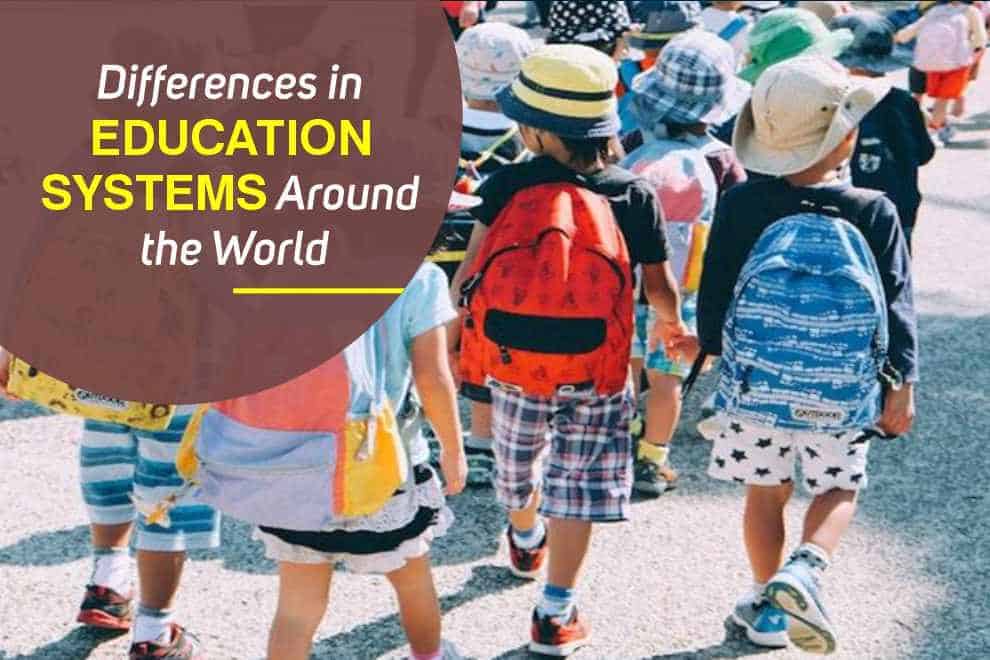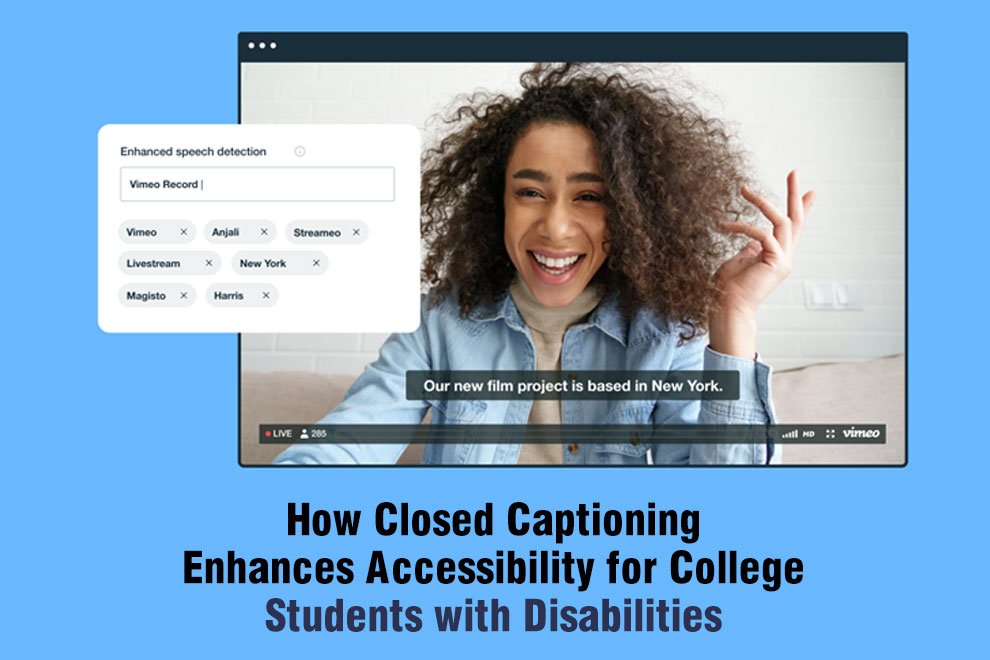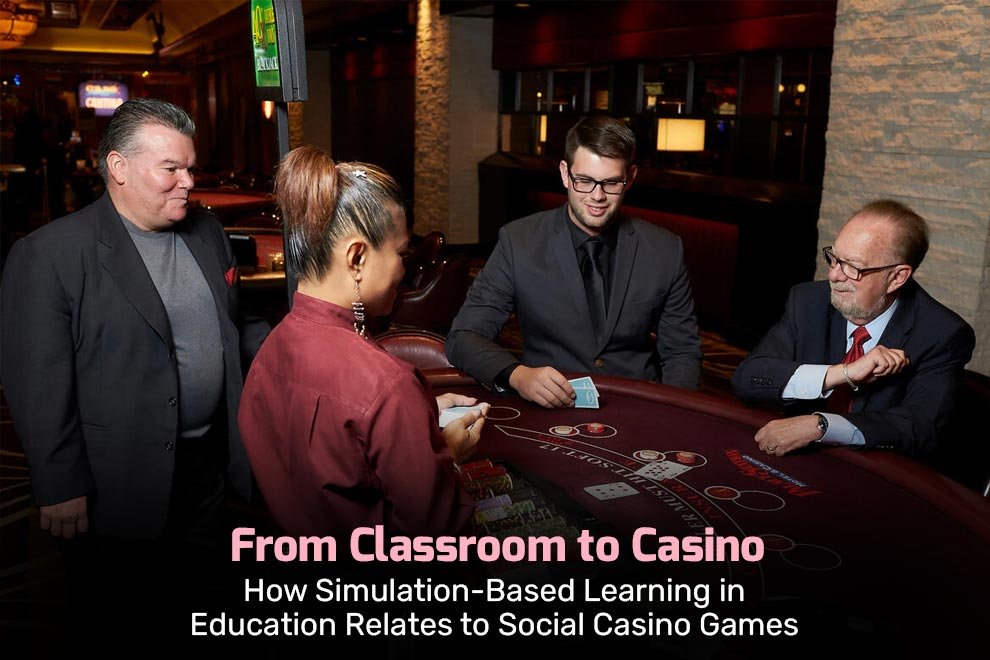The education system looks very different across the world, and each country has its own way of teaching students. In 2025, new ideas and methods are making learning more fun and meaningful. Some places focus on practical skills, while others value creativity or flexible school structures. Schools in different countries have their own goals, but they all want students to grow and succeed. From Norway’s three-year programs to floating schools in Bangladesh, these systems show how learning can happen in many exciting ways. In this blog, we will explore 10 differences in education system worldwide that make each one unique and special.
Let’s head into 10 fascinating differences in education system around the world
1. Zimbabwe’s “Education with Production” Model
The “Education with Production” model in Zimbabwe was introduced in 1981 as part of a broader educational reform. It aimed to integrate vocational training into the academic curriculum. This approach addresses workforce skills gaps by providing students with practical skills alongside academic knowledge. Students engage in agricultural and industrial projects relevant to their communities. This hands-on learning enhances employability, promotes self-sufficiency, and aligns the education system with local economic needs.
2. Schooling Under the Northern Lights in Finland

Finland’s approach to education emphasizes student well-being and innovative teaching methods. Its education system has gained global recognition for prioritizing holistic development over rote memorization. Finnish schools focus on equal opportunities, minimal standardized testing, and strong teacher autonomy. The serene backdrop of the Northern Lights symbolizes the calm and inspiring learning environment. This setting fosters creativity, critical thinking, and meaningful learning among students, setting Finland apart when comparing education systems in different countries.
3. Bolsa Família Program in Brazilian Education
Launched in 2003, Brazil’s Bolsa Família Program links social welfare with education to reduce poverty and improve enrollment among low-income families. It offers financial aid to families on the condition that children attend school and undergo regular health check-ups. The program has significantly reduced dropout rates, especially among marginalized groups. By tying financial support to educational outcomes, Brazil ensures that families prioritize schooling. This initiative reflects how different education systems around the world promote equity and development.
4. Three-Year High School Program in Norway

Norway’s high school program offers students a flexible three-year curriculum to prepare them for university or the workforce. Introduced in the 1970s, this structure encourages specialization in arts, sciences, or vocational training. It emphasizes collaboration between schools and industries, ensuring students acquire skills that align with labor market demands. This program stands out when comparing education in different countries, as it fosters personal growth and prepares students for future challenges.
5. Emphasis on Life Skills in UK Studio Schools
UK Studio Schools focus on practical, vocational learning for students aged 14-19. These schools integrate life skills with academic subjects to prepare students for real-world challenges. Their curriculum includes project-based learning and partnerships with local businesses, offering hands-on experience. This model bridges the gap between school and work, equipping students with teamwork, communication, and problem-solving abilities. This approach highlights the diversity seen in different education systems around the world.
6. No Grades Until High School in New Zealand

New Zealand’s education philosophy focuses on formative assessments instead of traditional grades in early years. Students receive descriptive feedback, allowing them to grow without the pressure of grades affecting their motivation or self-esteem. This system cultivates a love for learning and builds resilience. Formal assessments begin only in high school, providing a smoother transition for students. When comparing education around the world, New Zealand’s approach encourages personal development over competition. So, it basically means that New Zealand does not follow the regular grading system that we know across the world. However, they have a different approach to grading that works in a much more positive way than other grading systems.
7. Emphasis on Arts Education in Cuba
Cuba’s education system integrates arts into its curriculum from early grades, nurturing creativity alongside academics. Specialized schools for visual arts, music, dance, and theater play a key role in fostering artistic talent. Arts education is a crucial aspect of national identity and social cohesion in Cuba. This focus on arts highlights how education systems around the world align with cultural values.
8. Floating Schools in Bangladesh Provide Education During Flooding

Bangladesh faces frequent floods due to its geographic and climatic challenges. To ensure continuous access to education, the country has developed floating schools on boats or raised platforms. These schools provide a safe learning space during floods and incorporate local culture into the curriculum. This model exemplifies the adaptability seen in different education systems around the world, ensuring children’s learning is not disrupted by environmental challenges.
9. Japanese Schools Have Clean-Up Time3
In Japan, students participate in daily cleaning routines at school, fostering responsibility and respect for their environment. This tradition reflects cultural values that emphasize discipline, teamwork, and community service. By contributing to school maintenance, students learn essential life skills beyond the classroom. Japan’s education practices demonstrate the unique characteristics found when comparing education systems in different countries.
10. Estonian Students Have No Formal Exams Until Age 16

Estonia’s education system delays formal exams until students turn 16, focusing instead on exploratory learning and ongoing evaluations. But this doesn’t mean that there is NO EXAM till 16. Thus the concept of No Exam sounds very dreamful. But thet eachers use project-based assignments to assess progress, promoting creativity and deep understanding of subjects. This system reduces stress among younger students, fostering a more enjoyable learning experience. Estonia’s model showcases how comparing education systems around the world reveals diverse approaches to student development and assessment.
The Last Note
In conclusion, the education system varies greatly around the world. Each country has its own unique approach to teaching and learning. By exploring these differences, we see how each system tries to help students succeed. Some focus on creativity, while others emphasize practical skills. Overall, understanding these differences helps us appreciate the many ways we can learn and grow. The world of education is full of exciting ideas that shape our future!
FAQs
What are the different education systems around the world?
There are many different ways to learn in different countries. Some kids go to school every day, while others learn at home.
What are the types of education systems?
There are three main types of education: school, homeschooling, and online learning. School is the most traditional, homeschooling is more flexible, and online learning is new.
What kind of education system is best?
The best education system is the one that is fun and helps you learn the most. It should be challenging but also enjoyable, and it should be tailored to your individual needs and interests.
What is today’s education system?
Today, most kids go to school, but some also learn at home or online. This gives them more flexibility and lets them learn in a way that’s best for them.
Which country has no exams?
There is no such country with no exams. However, in Estonia, there are no Formal Exams unline other countries of the world.
ALSO READ: 15 Motivational Exam quotes to Defeat the Exam Anxiety in you










